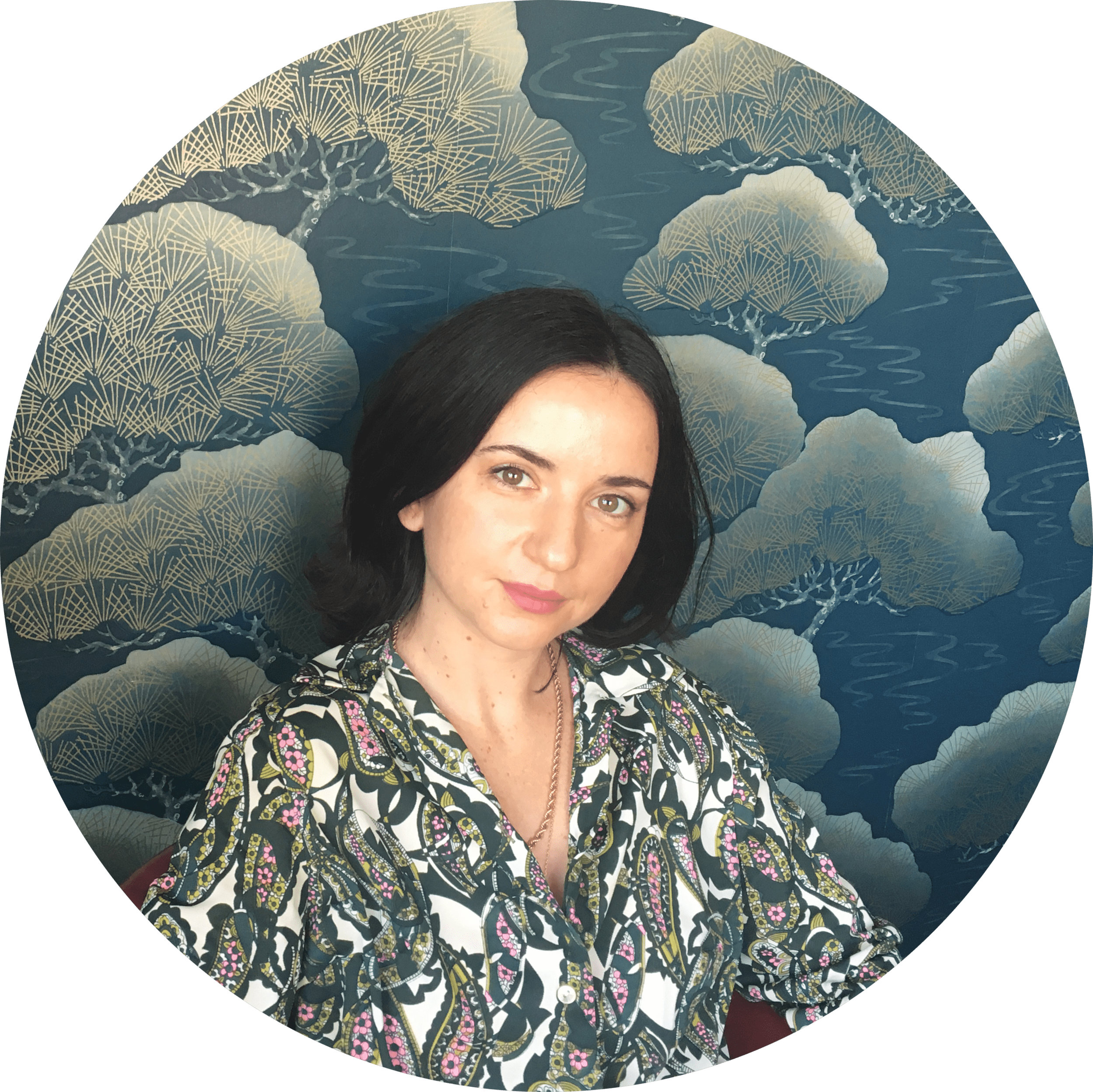
In the world of costume design, every thread tells a story.
For Olga Mill, the in-demand costume designer known for her work on Hereditary and Eileen, she weaves narratives through fabric and texture, creating characters that resonate on the big screen. The Pop Break was lucky enough to sit down with Mills during to talk about her journey into costume design, her past work, and her work with Love Lies Bleeding – a film about romance, egos, and the American Dream which premieres March 8 starring Kristen Stewart, Katy O’Brien, Ed Harris, Jenna Malone and Dave Franco.
Born in Ukraine and later immigrating to New York as a child, Mill reflects on her journey, the influences that shaped her unique perspective, and the creative process that brings characters to life. Mill’ journey into the world of costumes began with her immigrant experience as she navigated the complexities of a new culture in New York. The need to assimilate sparked her interest in costumes, as she keenly observed the visual cues that defined social hierarchies and dynamics.
Mill would play a game on the subway, where she said she would look at the shoes of each person on the subway and guess what their appearances were based on the shoes alone to see if she could guess the clothing.
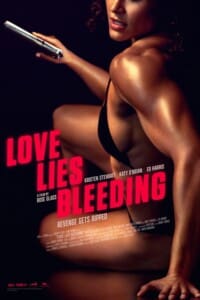
The theater also played a crucial role in shaping Mill’s creative path, and she gave thanks to her parents for the regular visits to the theater with her family that led to her participation in community theater in Bensonhurst in Brooklyn, New York, fueled her fascination with the transformative power of costumes. Mill said she attended LaGuardia High School, a performing arts school in New York, and this provided her with an opportunity to delve into set and costume design, laying the foundation for her future career.
“I was there as a theater major, as an actor, and you had to do your own sets and costumes there. And that really interested me much more than the performing side of it, but I actually think that was really helpful. The way you think about a character, breaking down a character, is the entry point for me as a costume designer. I think there’s a lot of overlap with actors,” Mill said.
“Then I remember they brought in a costume designer that they hired, and I was like, whoa, whoa, whoa, whoa, this is something you could do.”
Mills’ journey took her through various experiences, from going to graduate school at NYU for costumes, working as an assistant for a ballet designer, working at the costume shop, and working at a dye shop to learn color theory. Mills said a pivotal moment came during her time as an assistant for the HBO series Boardwalk Empire, where she started designing her own costumes.
Mill’s journey took her through various experiences, from going to graduate school at NYU for costumes, working as an assistant for a ballet designer, working at the costume shop, and working at a dye shop to learn color theory. Mill said a pivotal moment came during her time as an assistant for the HBO series Boardwalk Empire, where she started designing her own costumes.
Mill said, “I talk about when you’re a kid, I was like, ‘Oh, I want to do costumes.’ And not having the entry point to that, especially in film, felt really difficult to puncture. No one in my family worked in film. I was like, ‘How do you do it on any level, much less as a department head?'”
But this never stopped Mill from having a passion for costume design, nor did she let it stop her. Mill went into how she ended up cold calling the costume department regularly and asked if she could be a costume production assistant. And then in terms of design work, Mill became an assistant costume designer.
Looking back on her earlier films leading to Hereditary and Eileen to Love Lies Bleeding, Mill said every film is different when it comes to costume design, and she’s trying to sharpen her design skills with each project.
“You’re also just figuring out better ways to work with people, like systems that worked and didn’t work, better ways to communicate with a director, with actors, or with your own team. So, I think it, in a best-case scenario, snowballs, where you pick up a little something on every project that you take with you to the next. Mostly, I think about just how I approach it? Where you’re like, okay, this worked for me. This didn’t work,” Mill said.
To help keep her personal touch while still trying to incorporate the director’s vision for the film, Mill said how she’s been lucky to have worked with directors who are decisive and have a strong vision of what the film and characters should look like while having openness where she can bring something to the table.
“In that initial meeting, not that you’re going to agree on everything because that’s not fun either, but in that meeting, I try to be really tuned in to like, oh, this is somebody that is, one, we want to tell the same story from this script. I also try to, in that first conversation, talk about working style and see what the vibe is, you know how much they want to collaborate,” Mill said. “You’re making a soup, and there’s ideas that you’re throwing in, and the director and then the actor’s energy and all those things have to work together in order to work.”
Mill pointed out how every film and every story asks you to have a completely different design with different textures and colors for completely unique worlds, and texture is a good entry point for her into the world, but it varies all the time.
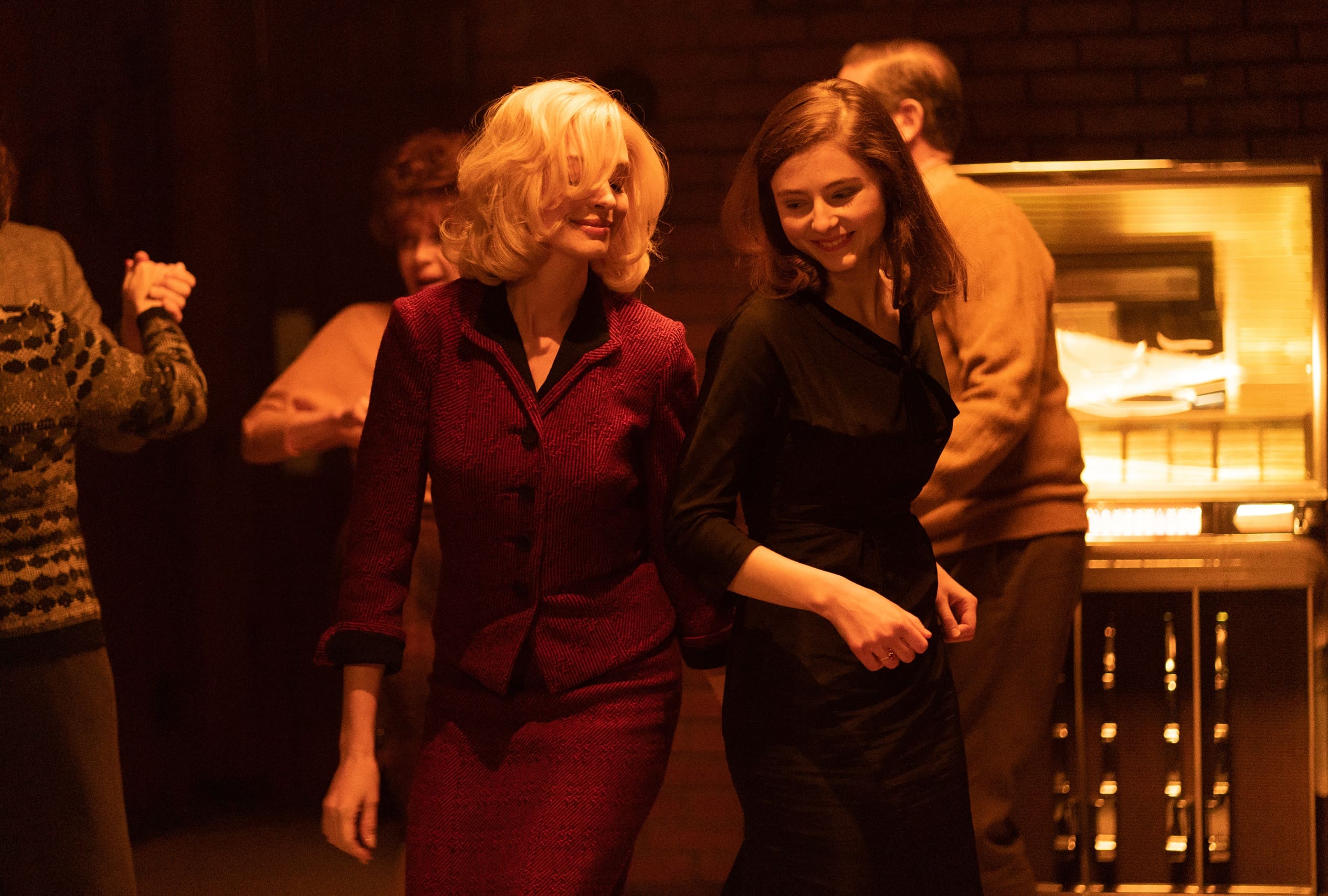
With Eileen, Mill explained just reading the book and script, she felt something repugnant about the way that Thomasin McKenzie’s character Eileen is described. This world reminded her of moldy bread and moldy fruit with the way that food is kind of gross when it’s going bad. This got her looking at color and texture for the way mold starts to grow on food, seeing how it’s a little fuzzy with the colorful being almost dusty. This inspiration Mill had allowed her to use 1950s and 1960s wool and knits.
“The feeling of having an itchy sweater on is kind of how I imagined Eileen interacting with her environment,” Mill said.
Diving into Mill’s latest film, Love Lies Bleeding, she went on to say how some characters take over the costume design process, and she finds herself designing costumes that can be inspired by something she didn’t search for. In the beginning, during prep, it’s just her on the internet after reading the script, she tries to put as much as possible in front of her to see what avenue she can take the character. Mill usually doesn’t start by looking at clothes because she wants images that speak to how she responds to the script emotionally. She also tries to step into the characters’ shoes when she goes out to rental houses or vintage dealers and pretends she’s the character just going shopping.
In the beginning, Mill said she’s broad and can’t really articulate why something works or doesn’t work, but by the end, she’s able to be specific about the pieces that are needed to complete the character.
During the fabrication process with Kristen Stewart’s character Lou in Love Lies Bleeding, her team found a vintage jacket she loved and wanted to recreate. Mill said the original lining was black, and they had some trouble finding the right fabric, but that wouldn’t stop them from creating the right fit. Mill said she doesn’t quite know where it came from, but the thought to make it red was thrown out, and that’s what the team ended up doing.
Seeing Love Lies Bleeding for the first-time last weekend during the 2024 Sundance Film Festival, the detail of the jacket having the aspect of red really popped out for her, making her wish it was a planned, thought-out process. She didn’t know where that voice for the red jacket came from, but seeing it on the big screen, Mill knew it worked really well.
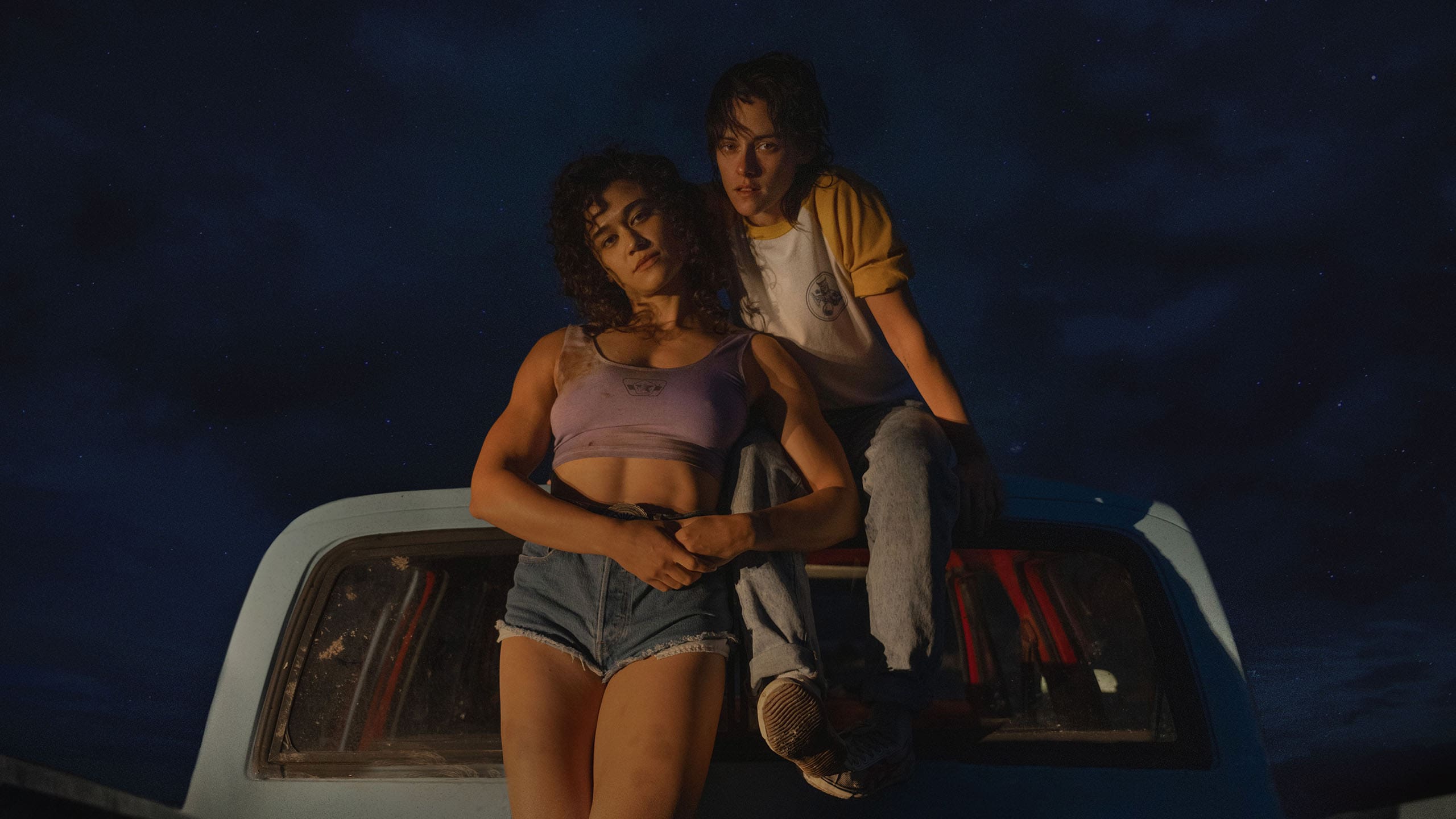
“We don’t have to nail down all the looks. We’re just trying to find who that person is. And I feel like my job and my team’s job is to fill that room with anything that could be helpful, and I could have a sense of what I think the character should look like. But until it’s the actor and I in a room with all this stuff, trying things, it often goes to places that you might not expect because of the alchemy or energy of that person,” Mill said.
Mill emphasized the importance of providing actors with costumes that enable them to completely immerse themselves in their characters. Once they have it, she wants them to be able to wear it and use it as if it’s their clothes at the moment and not have to worry about keeping the outfits the way they received them. She prefers not to impose specific instructions, like saying to actors, “Oh, you have to keep the button open,” because she wants to allow actors the freedom to use the costumes as they see fit, aiming for a more natural and uninhibited portrayal of their characters during performances.
Mill dove into how Love Lies Bleeding characters who have a strong presence, causing them to not be trend-driven, which can make the character harder to create. So, with Lou, Mill talked a lot about how Lou is probably quite sentimental with clothing, and there are things that have lived in her closet for a long time. It’s not a huge wardrobe, but the pieces that are in there are intentional and sentimental, so viewers will notice a lot of clothes repeat. Mill even said how it’s similar to Stewart’s co-star Katy O’Brian’s character Jackie because she’s hitchhiking around, she’s living out of her bag.
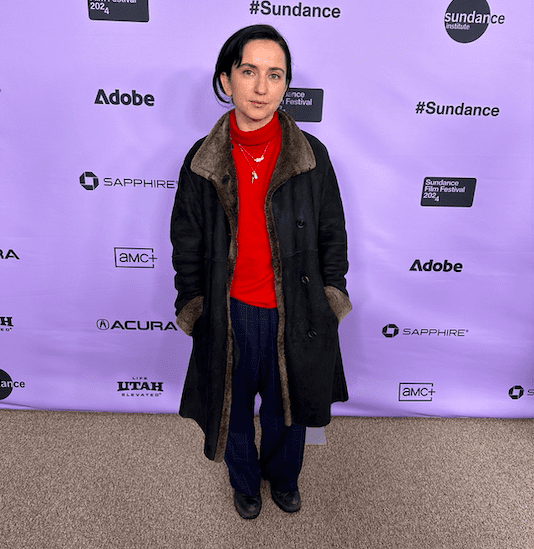
“So that just story-wise doesn’t lend itself to a lot of changes. But I really, for both of them, tried to pick a handful of pieces that we felt really strongly about and then repeat them both on a storytelling character level. But it also helped, I think there’s a kind of graphic quality to the film and to the story that I felt like repeating clothing pieces was almost that kind of like a comic book visual reminder of the character,” Mill said.
With Love Lies Bleeding being a period film and being shot in New Mexico, Mill describes how the costume department didn’t have the same resources compared to if they were in New York. When she was watching the film, looking back at everything, she was proud of everyone she worked with and couldn’t believe they were able to gather everything. During the screening, Mill could mentally point out the shoes that came from a vintage dealer in Kansas, the sports bra that came from New Jersey, and which tank top came from San Diego from all of the hunting, gathering, and coordinating it took for the department to get all of those things.
The shoes that Lou wears were from a vintage dealer, Mill found online that had dead stock, which is vintage clothing that’s never been worn. Mill said how they were the sickest, perfect pair of shoes they could find. The vintage dealer even had multiple pairs in different sizes of the shoe, so they could have Stewart’s stunt double wear them as well. Mill explained that it felt serendipitous even though it wasn’t easy to find the dealer.
Going into how each costume and project is different, Mill said how, with anything else, the more you do it, the more confident you feel, which helped her be able to take bigger risks by having more experience on how to execute each costume to help get more things up on the screen.
Mill said changing things last minute is the part that takes the most confidence because if she puts something forward and the actor and director are into it, as a designer, she wants to keep things going down the conveyor belt. And it takes a lot of confidence to say, “Actually, guys, I think this isn’t working, or I think this can be different.” Wanting to change costumes halfway through because they aren’t working has happened, and Mill explained how something could work in the fitting room, but then they take a step back and realize they need to try something different.
Mill described how there are certain ideas that don’t come in with the rest of it, and with Love Lies Bleeding, there’s a fantastical element where some characters turn into giants, which sparked a lot of conversation about what they are going to wear. The idea to have it be sparkly came at the last minute, a few days before filming, and it was something Mill said she wished it was thought of sooner because it worked out perfectly.
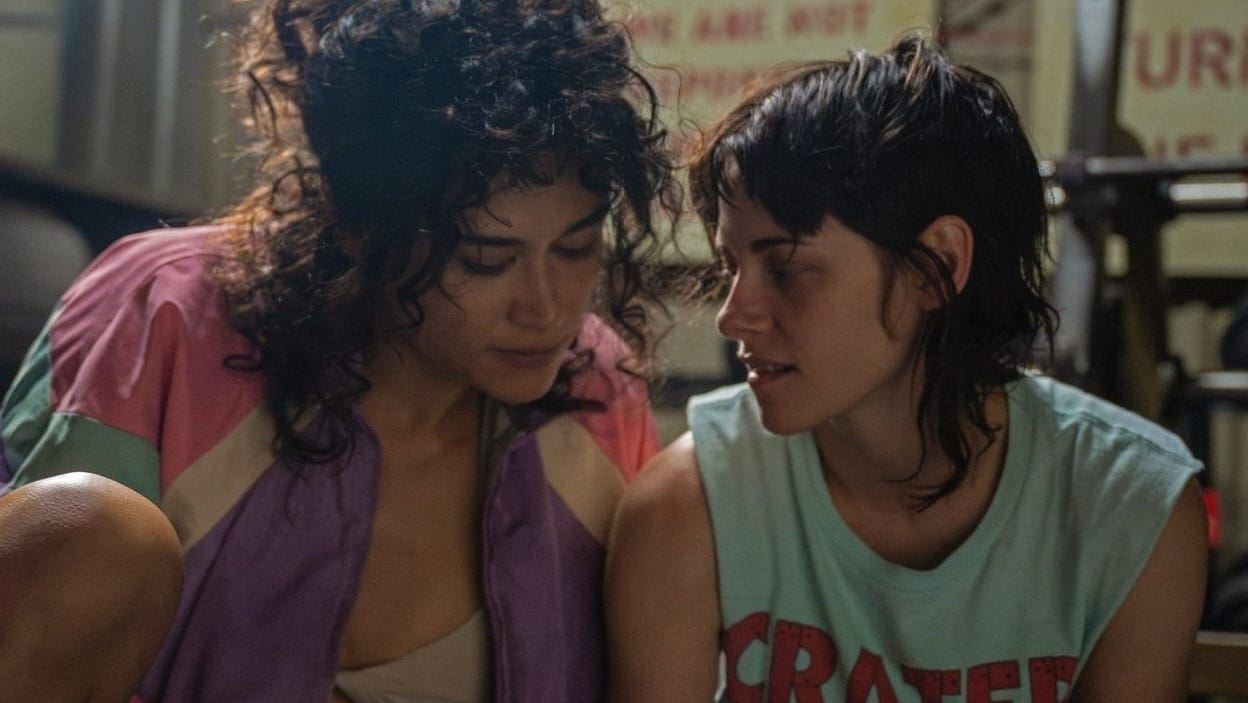
It’s a strange combo seeing a film for the first time, Mill said, as she has an immense sense of feeling proud of her team and knowing how hard each person worked to pull it off, and she wants to call everyone to say they pulled it off. But then, like most artists, Mill said how the ego takes over, and there’s that voice that would say, “Oh, well, I wish we could have done this a little bit differently or this a little bit differently. And it usually takes me watching something a few times to be able to take it in as a film and not be self-absorbed with your own work.”
But with Love Lies Bleeding, Mill thought the film was so strong that it almost felt like it was a strong current, and she really was taken away by it, so she didn’t have a chance to wallow in a lot of regrets or want to change anything because, with that first screening, she thought came out how it was supposed to.
“I think seeing the tediousness and the work that goes into a film coming together and then seeing it on the big screen, it is like a miracle. And you’re like, oh, my God, this is how we built a pyramid by hand. It is really cool to see,” Mill said.

